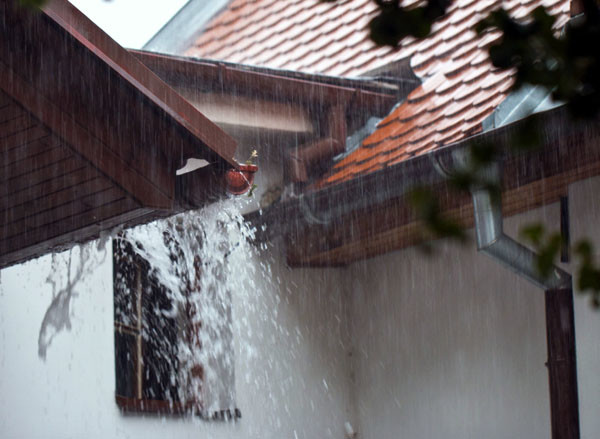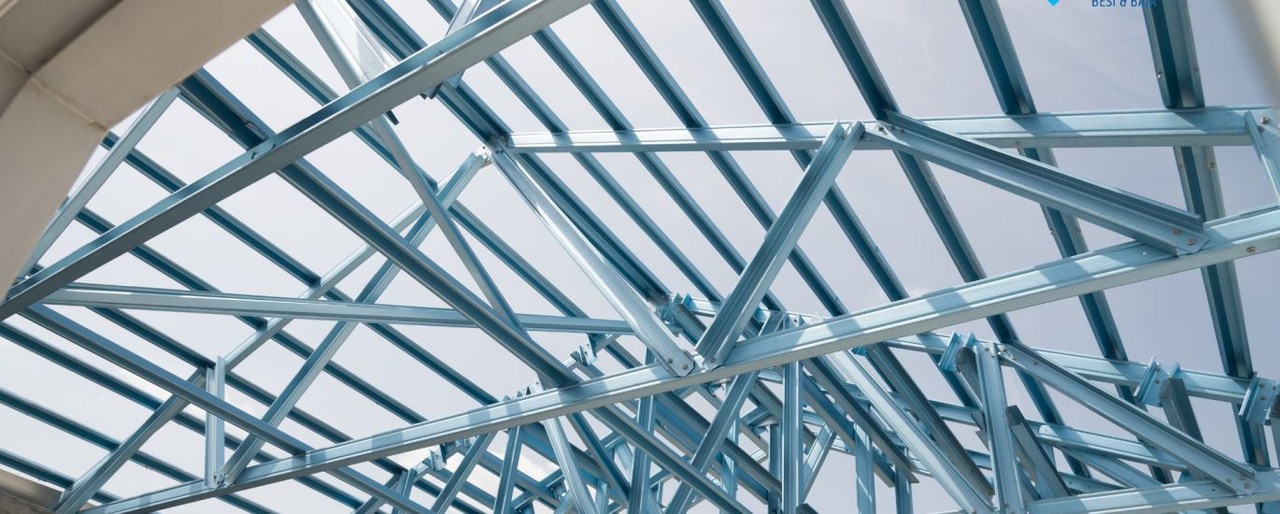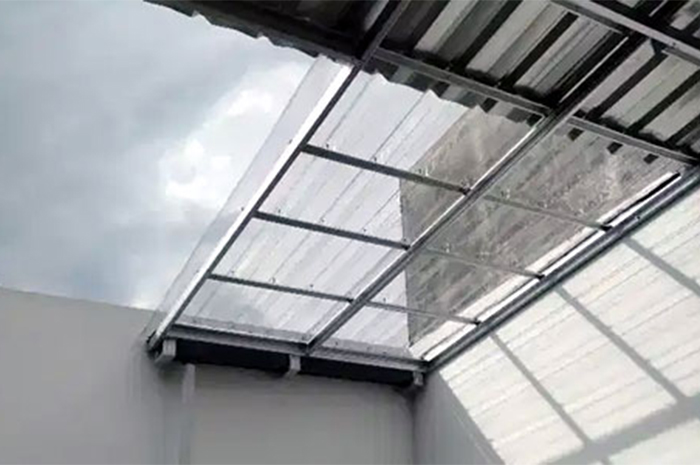 Bahasa Indonesia
Bahasa Indonesia  Inggris
Inggris
 Bahasa Indonesia
Bahasa Indonesia  Inggris
Inggris
 Leaking roof tile is one of the main enemies of humans when entering the rainy season. Besides being able to interfere with the comfort of the family at home, leaking roof tiles can also damage the furniture in our home. Even if not treated immediately, the leakage point will be more widespread and can damage the building of the house. So, what is the most effective way to overcome the problem of leaking tiles? To answer that question, it helps us know in advance what is the cause of the leaky tile.
Leaking roof tile is one of the main enemies of humans when entering the rainy season. Besides being able to interfere with the comfort of the family at home, leaking roof tiles can also damage the furniture in our home. Even if not treated immediately, the leakage point will be more widespread and can damage the building of the house. So, what is the most effective way to overcome the problem of leaking tiles? To answer that question, it helps us know in advance what is the cause of the leaky tile.
Komponen Atap Rumah Dan Fungsi-Fungsinya Yang Harus Anda Ketahui Sebelum Mulai Membangun Rumah!

Atap Transparan untuk Rumah, Lebih Baik Pakai atau Tidak?




